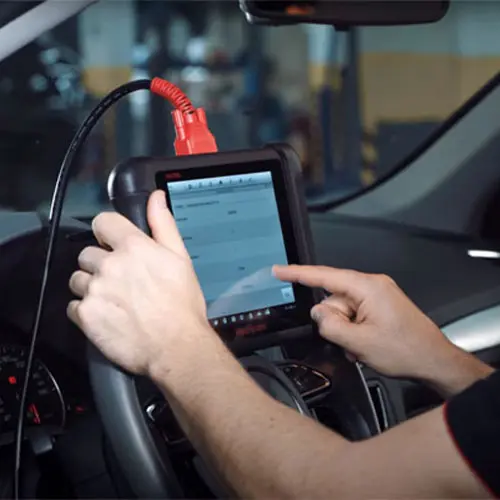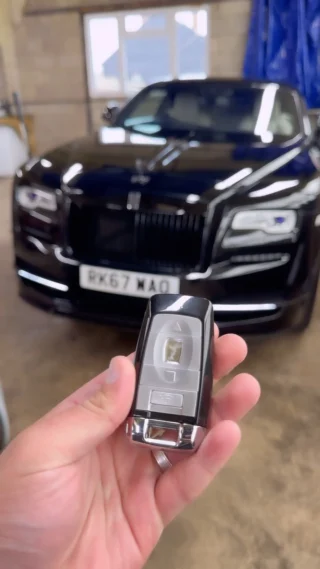
Transponder Key Repair
Add a review FollowOverview
-
Founded Date July 22, 1930
-
Sectors অটোমোবাইল ইঞ্জিনিয়ার
-
Posted Jobs 0
-
Viewed 43
Company Description
20 Insightful Quotes On Door Lock Repair

Comprehensive Guide to Car Door Lock Repair: Troubleshooting and Solutions
The stability and performance of a vehicle’s door locks are necessary for both the security of the car and the safety of its residents. Car door locks can experience a range of issues, ranging from minor mechanical problems to finish failures. This post seeks to offer a helpful introduction of car door lock repair, laying out common issues, diagnostic treatments, and solutions.
Comprehending Car Door Locks
Before delving into repair procedures, it is vital to understand the elements of a common car door lock. There are two primary types of locks: mechanical and electronic.
Components of a Car Door Lock System
- Lock Cylinder: The part where the key is placed.
- Latches: Mechanisms that hold the door shut.
- Actuator: Electric motor in electronic locks that helps in locking and opening.
- Linkage: Connects the lock cylinder to the latch.
- Remote Key Fob: In electronic systems, this is utilized to lock and unlock the doors from a range.
Common Issues with Car Door Locks
Car door locks can fail for a wide variety of reasons. Here are some common issues experienced by vehicle owners:
- Sticking or Frozen Locks: Especially in winter, locks can become hard to run.
- Lock Not Engaging or Disengaging: Both mechanical and electronic locks can deal with issues where they do not react to the key or remote.
- Key Jams: The key might get stuck in the lock, making it difficult to lock or unlock the door.
- Remote Malfunction: In electronic systems, the key fob may not work due to battery concerns or programming issues.
- Physical Damage: Vandalism or mishaps can harm the lock system.
Troubleshooting Car Door Lock Issues
When a car door lock is not operating correctly, it is very important to detect the issue precisely before proceeding with a repair. Below are steps that can assist fix the issue:
Step-by-Step Troubleshooting
-
Visual Inspection:
- Check the door lock and surrounding parts for noticeable damage.
- Take a look at the key for wear and tear.
-
Check the Key:
- If the lock is sticking or not engaging, try using an extra key if readily available.
- Guarantee the key is clean from dirt and particles.
-
Examine the Actuator:
- Listen for any sounds when pressing the key fob. A clicking sound might show a malfunctioning actuator.
-
Check Door Wiring:
- Check the wiring that connects the door lock to the vehicle’s electrical system.
- Look for detached or frayed wires.
-
Temperature Influence:
- If the lock is sticking in winter, apply lithium grease to help lube the system.
Fixing Common Door Lock Issues
When the problem has actually been diagnosed, the repair can start. Here are some common repair methods for numerous concerns:
Fixing a Sticking or Frozen Lock
- Cleaning: Use a graphite lubricant or silicone spray to tidy and lubricate the system.
- Heating: If frozen, use a hairdryer to warm the location around the locking system carefully, preventing overheating.
Fixing a Lock Not Engaging/Disengaging
-
Lock Cylinder Replacement:
- If the lock cylinder is worn, consider replacing it. This often involves spying off the door panel to access the lock system.
-
Actuator Replacement:
- For electronic locks, if the actuator is faulty, it will require replacement. Make sure to detach the battery before attempting this repair.
Fixing a Jammed Key
- Extraction Tool: If a key is stuck, utilize a set of needle-nose pliers to gently pull it out, or a key extractor.
- Lock Lubrication: Apply a percentage of lube to reduce the process.
Remote Key Fob Malfunction
- Battery Replacement: Most remotes have changeable batteries. Follow the producer’s instructions to change the battery.
- Reprogramming: Sometimes, the remote requirements to be reprogrammed. Describe the vehicle’s manual for actions to reprogram the key fob.
Physical Damage Repairs
- Door Lock Assembly Replacement: If the lock is physically damaged, total replacement of the lock assembly might be necessary.
- Expert Help: If uncertain about DIY repairs, seek support from a licensed mechanic.
Upkeep Tips for Car Door Locks
To lengthen the life of car door locks, routine maintenance is important. The following practices can help maintain optimal performance:
- Regular Lubrication: Apply suitable lube to the locks every couple of months.
- Keep Keys Clean: Regularly tidy the car keys to prevent dirt accumulation.
- Prevent Excessive Force: Do not use excessive force when locking or opening; this can cause damage with time.
- Look for Signs of Wear: Be mindful to any modifications in the lock’s efficiency and address issues immediately.
FAQs about Car Door Lock Repair
Q: How can I tell if my door lock is broken?A: Common
indications consist of the lock not engaging or disengaging, a jammed key, sounds from the door when utilizing the key fob, or noticeable damage to the lock assembly.
Q: Can I repair a car door lock myself?A: Yes, numerous easy issues can be dealt with by following the repairing actions in this article, but complex issues may require expert help. Q: What type of lubricant must I use
for my locks?A: It is best to use graphite powder or silicone-based lubes considering that oil can draw in dirt and grime. Q: How much does it generally cost to change a car door lock?A: The cost can vary widely
based on the vehicle’s make and design, however common replacement costs
can range from ₤ 100 to ₤ 300, including labor. car door lock repair (git.revoltsoft.ru) can seem challenging, however understanding the components and common issues can make the process far more manageable. Whether tackling small repairs yourself or looking for professional support for more considerable concerns, keeping the door locks operating effectively is important for vehicle security and safety. Routine upkeep and prompt attention to problems can considerably extend the life of your car’s locking system.


